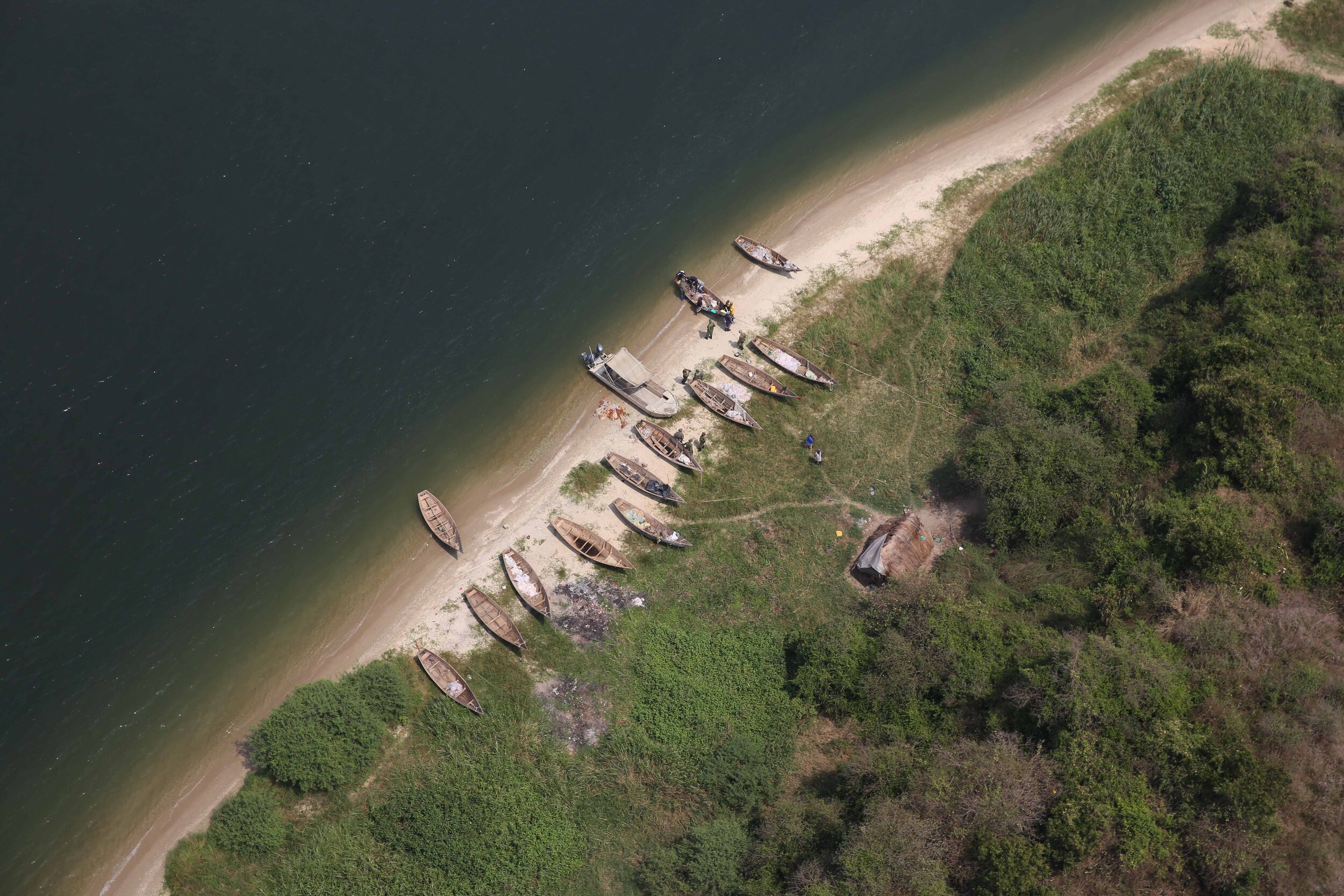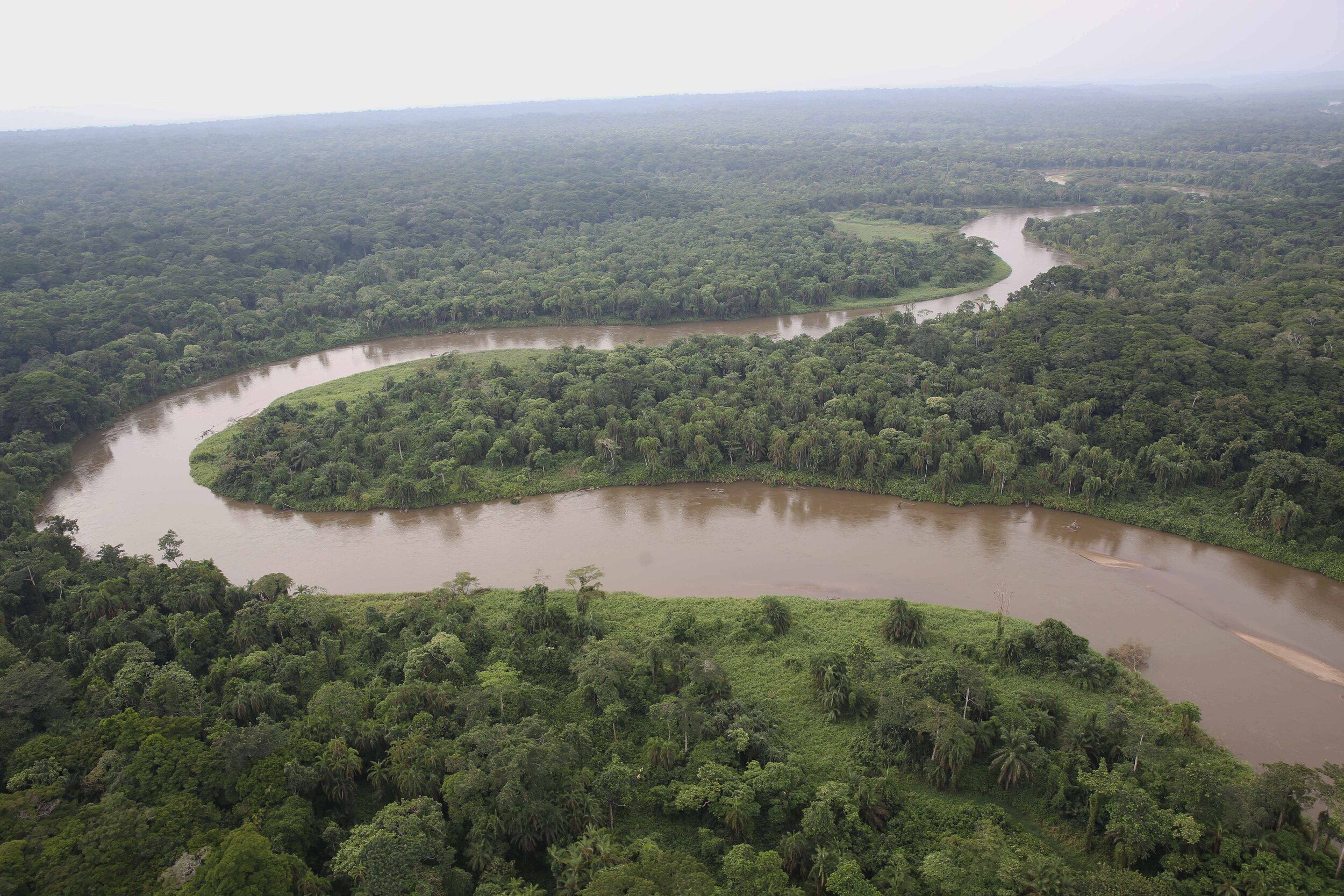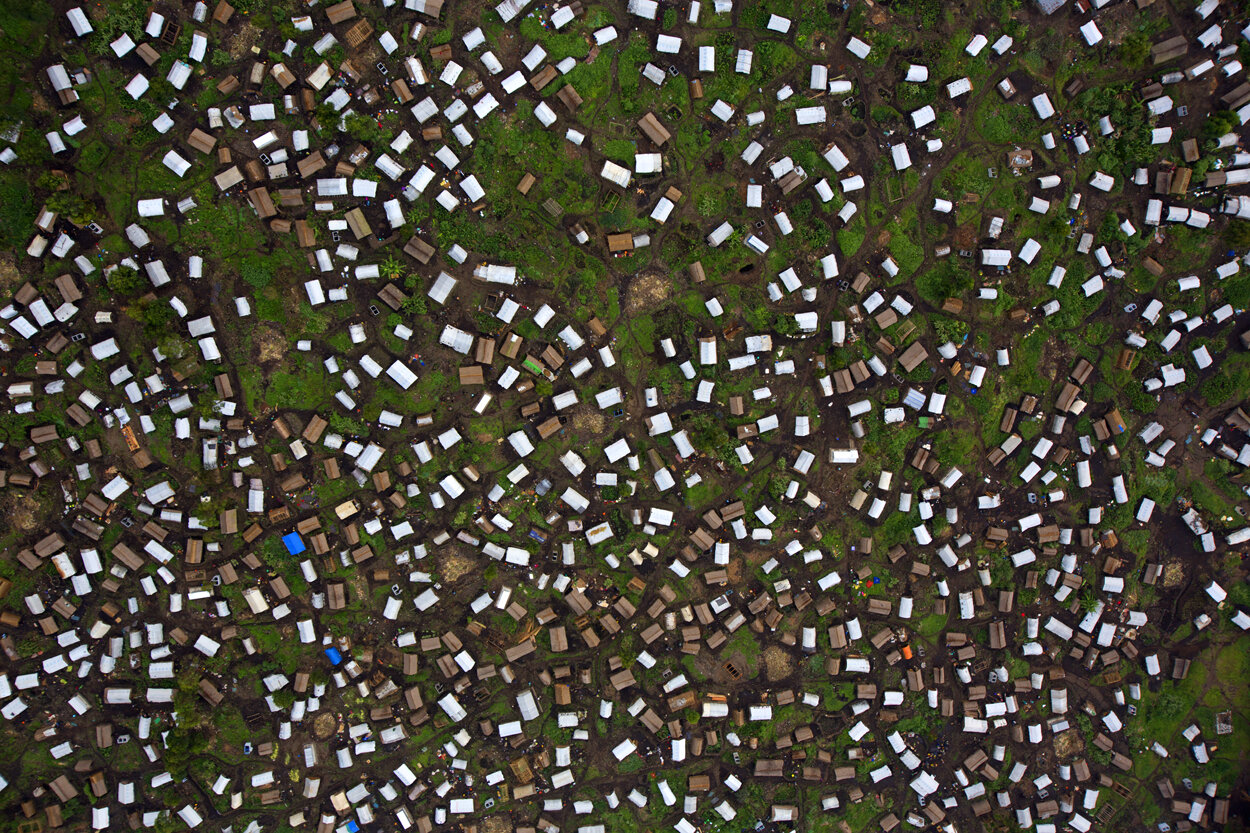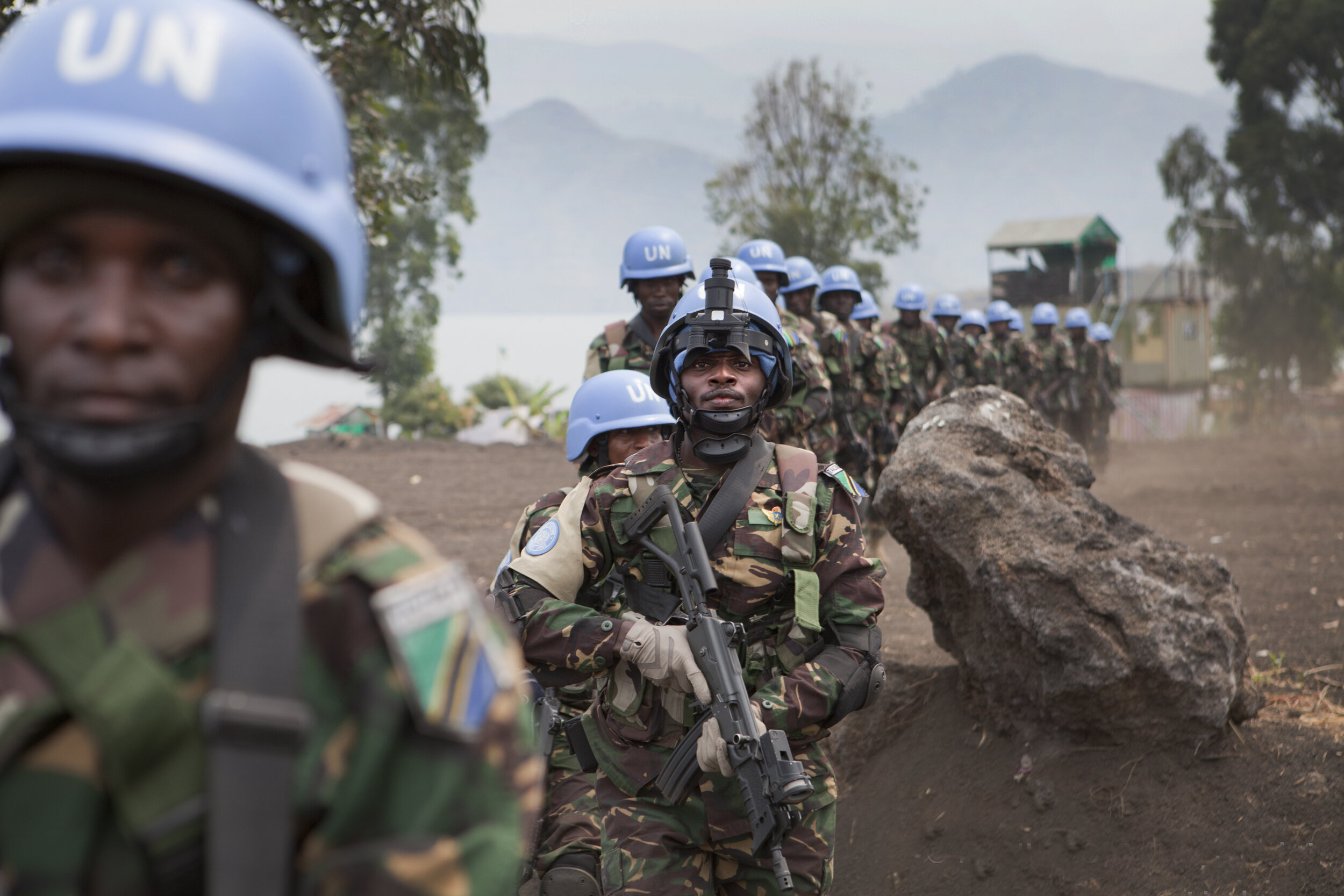Democratic Republic of Congo

the HEART of AFRIKA
The Democratic Republic of Congo, not to be confused with the Republic of Congo, has many names: Congo-Kinshasa, DR Congo, RD Congo (French), DRC, RDC (French), and simply Congo. The size of Western Europe and located at the center of Africa, Congo is sometimes referred to as the “heart of Africa.” However, it has also earned the name “heart of darkness” by colonists. Its contemporary history of prolific violence, kleptocracy, and abject poverty has not distanced itself from this derogatory moniker.
Frantz Fanon famously said, “Africa is shaped like a gun, and Congo is the trigger. If that trigger bursts, it’s the whole [continent of] Africa that will explode.” It’s arguable if Congo only exists in its current size and borders because of the immense interest that regional and international actors have in the country and its resources. Certainly though, its current condition only exists because it has been a victim of malicious parasitic outside interests and self-enriching Congolais elites for numerous decades.

A geological scandal
It would be an understatement to call Congo resource-rich. As wealthy nations have advanced, the technology they require has changed and so have the resources for that technology. Yet, since colonial exploration, Congo has consistently provided the resources necessary for the various technological revolutions that the West has experienced—spanning ivory, rubber, uranium, copper, and now rare earth minerals. Today, Congo produces the majority of the world’s cobalt. Its production of cobalt and other valuable minerals makes Congo essential for the manufacturing of smart phones, laptops, cars, and other electronic devices.
Despite its abundant resource wealth, Congo consistently finds itself in the bottom decile of any meaningful prosperity/suffering metric (e.g. human development index, corruption perceptions index, child mortality) for at least the past two decades. Since independence from colonialization, Congo has only known an unaccountable kleptocratic government. For the past quarter-century, it has been mired in violence that have cost millions of lives. Conflicts spawn from the legacy of the preceding conflict. It is an intricate situation that has resigned the international community and Congolese to painfully incremental change.

Hakuna Matata
If Congo and its current situation can be boiled down to a sentence, it would be this: The temptation of the world is to draw a simple black and white narrative about good guys and bad guys where Congo is instead nuanced with more grey incomplete layers and more complex and flawed actors than the most complex conflict in our paradigm. This makes it all the more imperative to properly understand this important country rather than succumb to our inclination to simplify things into pre-existing patterns. Jason Stearns, an authority on Congo, writes in the conclusion of his book:
Focusing on the utter horror of the violence distracts from the politics that gave rise to the conflict and from the reasons behind the bloodshed. If all we see is black men raping and killing in the most outlandish ways imaginable, we might find it hard to believe there is any logic to this conflict. We are returned to Joseph Conrad’s notion that the Congo takes you to the heart of darkness [.]”
Building on that sentiment, focusing myopically on the problems of Congo undermines the autonomy of Congolese citizens by reducing them to their problems. Amongst the backdrop of the aforementioned gravitas we must also see the characters painted on the foreground of the canvas. Most important among them, the central protagonist, the Congolais people—wacongomani (Kiswahili for Congolese people). Congo is alive with an energy and the current is the people of Congo that exhibit vibrancy and second-to-none toughness. From the entrepreneurial Chikudu driver in Goma to the snazzy sapaeur in Kinshasa to the traditional pygmy (named best fathers in the world [put hyperlink here] to the __, Congo is as much the heart of a wonderful population as it is the heart of Africa.

A natural wonder of the world
Congo boasts many natural wonders of the world. The Congolian rainforest is the 2nd largest in the world and has the lowest deforestation rate of any major rainforest, for now. The rainforests extend to picturesque swamps and savannahs. Inhabiting these lush ecosystems are extraordinary diverse species ranging from the peculiar okapi to the shy forest elephant to the intimidating Nile crocodile to the mysterious African manatee to our relatives the lowland mountain gorillas. Rising from the forests that are home to the gorillas, Mount Nyiragongo towers over Lake Kivu and the provincial capital Goma. Featuring the world’s largest lava lakes, it is one of three active volcanoes in the globe where you can sleep on the crater’s edge. The eastern border of Congo is lined by half of Africa’s ten Great Lakes, which represent a quarter of the world's unfrozen freshwater.
Last but not least is the Congo’s namesake, the Congo River. The second longest river in Africa with second largest discharge in the word, the river is the deepest on the globe reaching recorded depths of 220 meters. The ferocious river has the potential to power all of Congo’s electricity needs and at the same time currently holds one of the most diverse fish populations in the world.

Congo is a place of extremes, and we are working to fight the most harmful things in Congo by empowering the most vulnerable to be the brightest stars in the constellation that is Congo.










